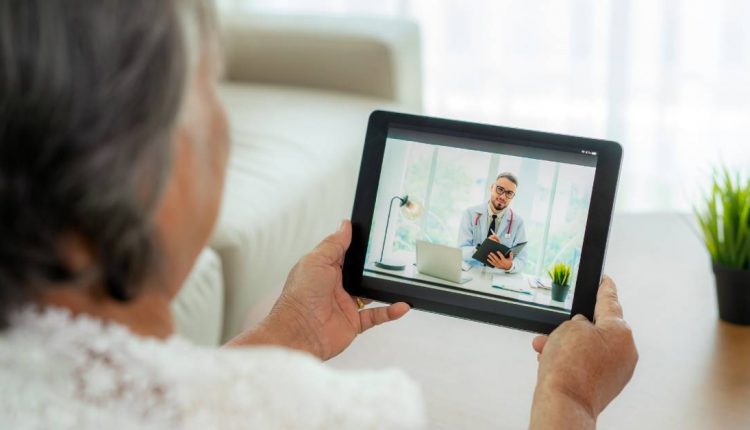 AKE1150SB/ ISTOCK / GETTY IMAGES PLUS
AKE1150SB/ ISTOCK / GETTY IMAGES PLUS
Can Teledentisty Improve Access to Care for Latino patients?
Tele-orthodontics and teledentistry services may be a healthcare delivery method to make dentistry accessible for Latino communities facing a lack of dentists and dental insurance, as well as the high cost of treatment, according to a study led by the Center for the Study of Latino Health and Culture (CESLAC) at University of California, Los Angeles (UCLA).
Tele-orthodontics and teledentistry services may be a healthcare delivery method to make dentistry accessible for Latino communities facing a lack of dentists and dental insurance, as well as the high cost of treatment, according to a study led by the Center for the Study of Latino Health and Culture (CESLAC) at University of California, Los Angeles (UCLA).
The white paper, “Lessons from Telemedicine for Teledentistry and Tele-Orthodontics: Increasing Access and Affordability While Improving Quality and Safety,” commissioned by Los Angeles-based IdeateLABS and led by David Hayes-Bautista, PhD, a distinguished professor of medicine and director of the Center for the Study of Latino Health and Culture at UCLA, provides lessons learned from a recent study on telemedicine.
“The major driver of access to dental care is the huge deficit in Latino dentists,” asserts Hayes-Bautista. “We have been studying the Latino dental shortage for quite some time and the dental shortage is tremendous. It is so bad and persistent that it makes the Latino physician shortage look good.” He adds, “The lack of Latino dentists, lack of insurance, and high costs make dentistry inaccessible to Latino communities. Teledentistry may provide access and affordable options for the underserved.”
His past work, “The Rise and Fall of the Latino Dentist Supply in California: Implications for Dental Education,” determined Latino oral health professionals were disproportionate to Latino representation in the state’s population (nearly 11 million in 2000) when only 1,161 Latino dentists were licensed to practice in California. The non-Latino population enjoyed 105.3 non-Latino dentists per 100,000 non-Latino population, while the Latino rate of 10.6 Latino dentists per 100,000 Latino population was 90% lower.
A short supply of Latino dentists practicing in California continues to impact patients in 2020. Although medical and dental services by licensed professionals have been provided in Spanish for 251 years in this geographic area, Latinos continue to face barriers accessing Spanish-speaking dental providers, or those practicing in heavily Latino areas.
According to the study, less than a quarter of Latinos live in households earning more than $52,256 annually. Latinos’ strong work ethic in occupations that have low pay or do not offer private insurance makes it difficult for patients to pay out-of-pocket costs for dental or orthodontic treatment. Latinos are two times more likely to not have health insurance compared to non-Hispanic whites, and are even less likely to have access to dental insurance. Obtaining public dental insurance (Denti-Cal) is also difficult, as it is only available to certain categories of beneficiaries.
Teledentistry may help augment access to care, but colleges need to admit and graduate more Latino dental students, asserts Hayes-Bautista, who supports interdisciplinary study across dental and medical disciplines.
When healthcare professionals had to pivot to telemedicine to provide care during COVID closures, researchers found the use of this technology allowed medical professionals to increase the range of medical care in underserved areas. The use of telemedicine wasn’t seamless, but it did appear that it was able to get medical services closer to the patient when providers couldn’t get them in the exam room, Hayes-Bautista explains.
The white paper proposes that teledentistry and tele-orthodontics learn from telemedicine with regard to opportunities for growth that will expand care in underserved communities. Researchers also suggest further exploration of this delivery method as a potential means of increasing both access to care and affordability for Latino populations.
The center’s paper on teledentistry is currently under review for publication.

